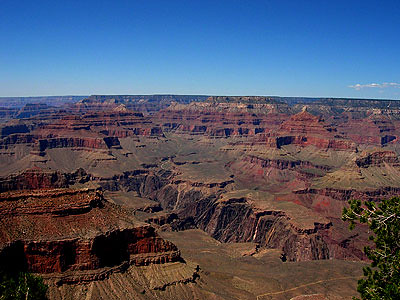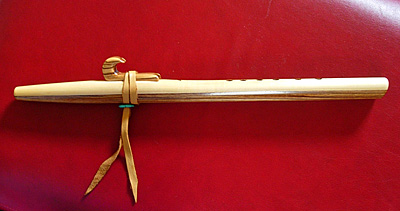
For years I'd seen the canyon from the rim. Wondering what it was like to see it from the inside. I'd made several short trips down but no more than a few miles. Today I was going almost all the way. Six miles in and 3,100' down. Six miles out and 3,100' up.
The day was clear and comfortable. The strong, cold winds of the last two days was gone, replaced by a gentle breeze. On my back was a new Camelbak pack with 3 liters of water. I also brought another two extra liters just in case. On my head was a big, ugly floppy hat, but perfect for shading my head from the hot sun that would be waiting for me at the bottom of the trail. For now I was in the shade of the cliffs and cool in the high elevation. The trail head starts a 6,860 ft above sea level where the air is cool and pine trees whisper in the wind.
Read the full story
